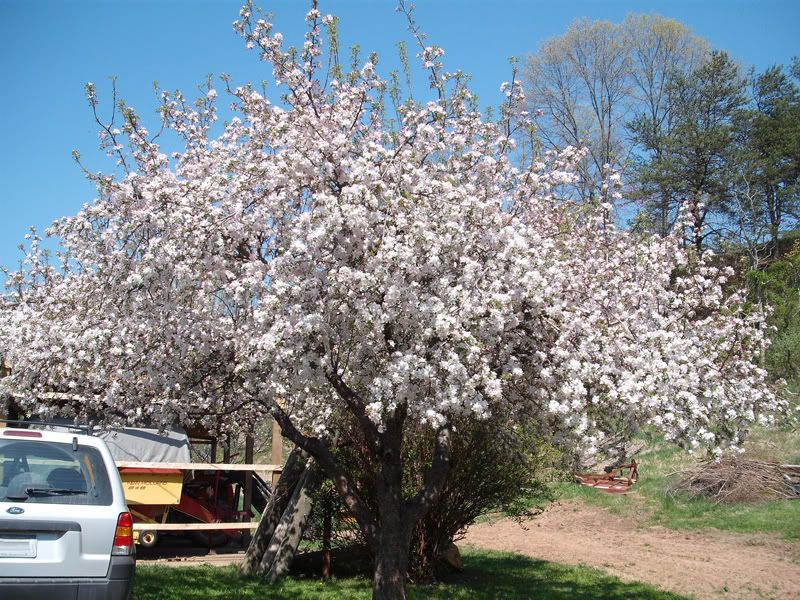confuzzled
Leafing Out
- Joined
- Dec 10, 2010
- Messages
- 15
- Reaction score
- 0
- Points
- 22
Hello everyone! I've been on BYC and BYH for quite a while now but this is my first venture into easy garden.
Anywho, I'm trying to find as much information on fruit trees as possible because I hope to use it in the future. Soooo here are my questions:
1. My biggest problem is that I have a hard time processing exactly how large semi-dwarf vs. standard trees are since I haven't been near a fruit tree since I was a wee little kid. Pictures of the trees next to a human would be greatly appreciated (links to said pictures would work too, if you can find some).
2. It seems all non standard trees have root stock, are there any cons to having root stock vs. "true root"? Are there any semi-dwarfs that have their own root?
3. What are the pros and cons of having a semi or standard tree? I'm trying to figure out what size would work best for me when I can have them.
I'm looking forward to bombarding you all with more questions in the future!
Anywho, I'm trying to find as much information on fruit trees as possible because I hope to use it in the future. Soooo here are my questions:
1. My biggest problem is that I have a hard time processing exactly how large semi-dwarf vs. standard trees are since I haven't been near a fruit tree since I was a wee little kid. Pictures of the trees next to a human would be greatly appreciated (links to said pictures would work too, if you can find some).
2. It seems all non standard trees have root stock, are there any cons to having root stock vs. "true root"? Are there any semi-dwarfs that have their own root?
3. What are the pros and cons of having a semi or standard tree? I'm trying to figure out what size would work best for me when I can have them.
I'm looking forward to bombarding you all with more questions in the future!


 Hi confuzzled, and
Hi confuzzled, and  !!
!!

